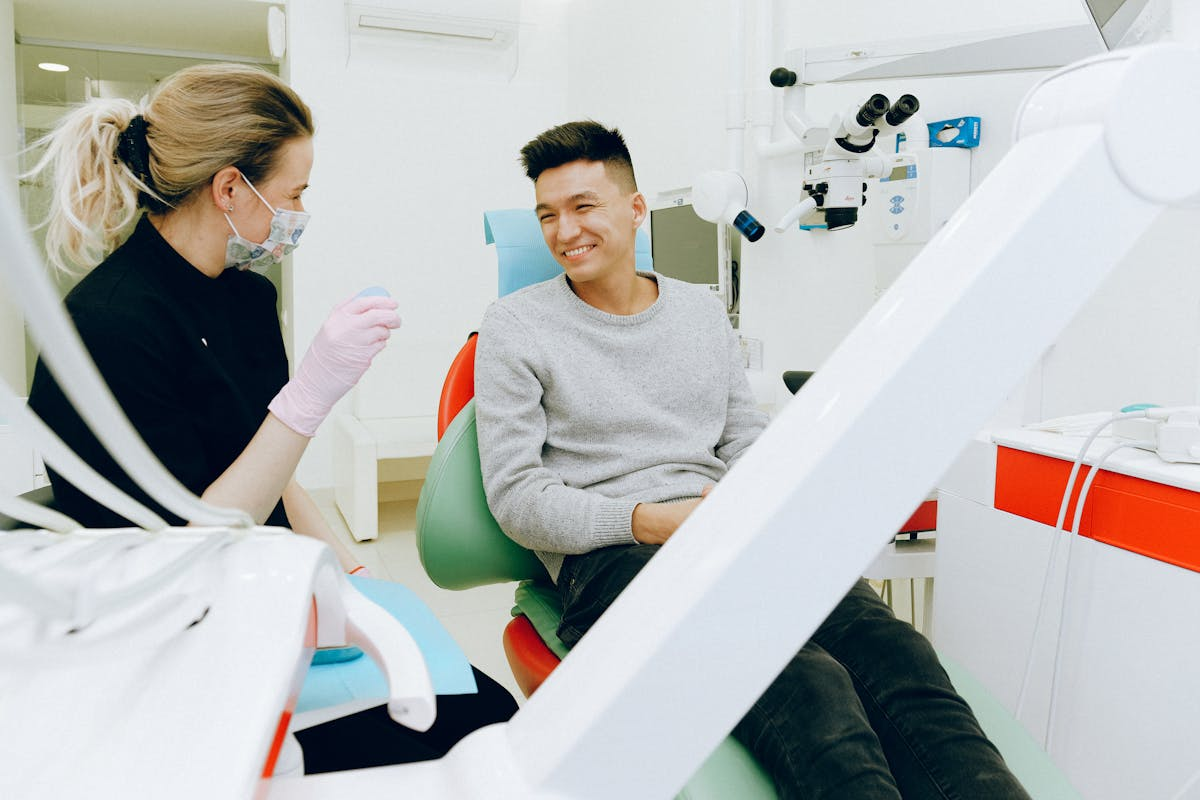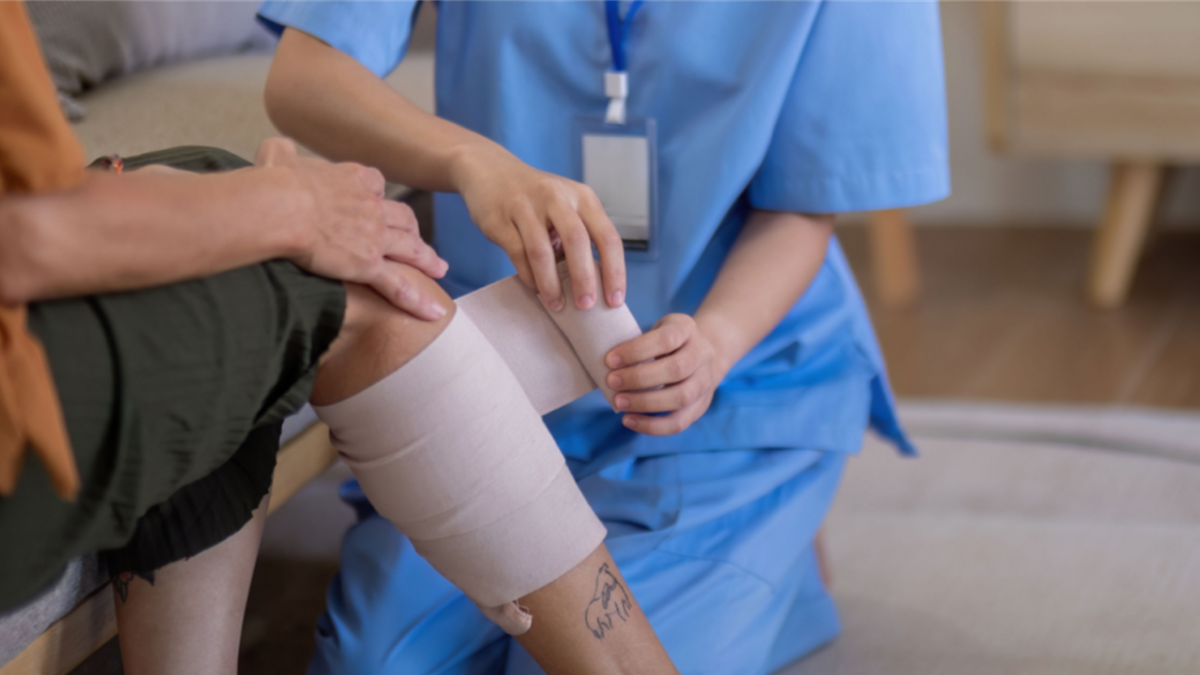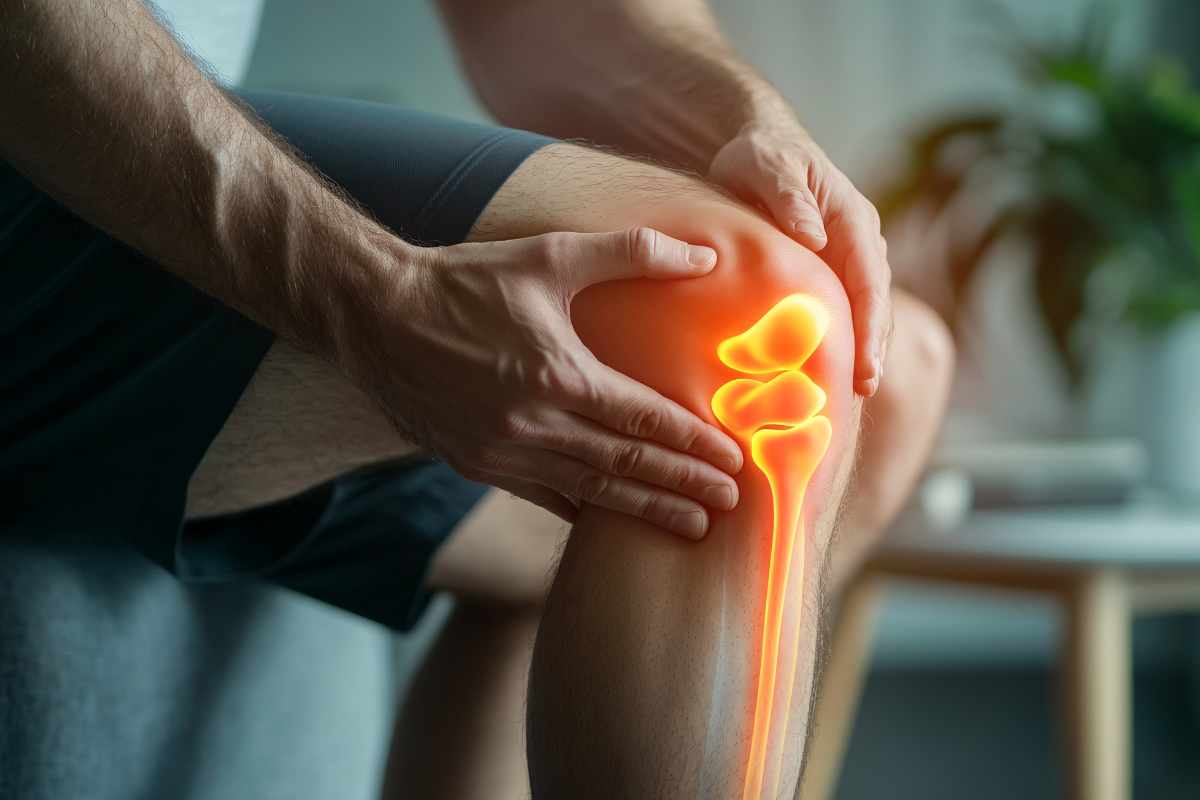May 5, 2017 | by Sarah Hand, M.Sc.
Medical devices designed to monitor or modulate the activity of the gastrointestinal tract are currently limited by battery power sources that have a limited lifespan before they must be recharged. To address this limitation, researchers have developed an ingestible electronic capsule which receives power wirelessly through radio waves transmitted by a source outside the body.
The wireless medical device has only been tested in preclinical animal models, however this technology could one day be used to power diagnostic and therapeutic electronic capsules to treat gastrointestinal conditions in human patients. The researchers published the details of their device in the journal, Scientific Reports.
“Electronic devices that can be placed in the gastrointestinal tract for prolonged periods of time have the potential to transform how we evaluate and treat patients,” said senior study author Dr. Giovanni Traverso, a gastroenterologist and biomedical engineer at Brigham and Women’s Hospital. “This work describes the first example of remote, wireless transfer of power to a system in the stomach in a large preclinical animal model – a critical step toward bringing these devices into the clinic.”
A technology known as near-field coupling is often used to power other wireless medical devices, including cochlear implants and neural probes. However, because ingestible medical devices are implanted relatively far away from the outside surface of the body, this near-field coupling technique cannot be used to power them.
In an attempt to solve this issue, the researchers applied a new technique, known as mid-field coupling, to power the pill-like device implanted in the gastrointestinal tract. This mid-field coupling device emits higher frequency waves to power implantable electronic capsules up to three times more efficiently.
To test this type of power source, the research team implanted an antenna capable of receiving the signal in each of the esophagus, stomach and colon of pigs. The researchers found that they were able to transmit multiple power levels – from 37.5 μW to 173 μW – to wirelessly drive a number of medical devices inside the body.
“We are very excited about this work which we feel can someday offer many new opportunities for oral drug delivery of different molecules,” said study co-author Dr. Robert Langer, Institute Professor from the Harvard-MIT Division of Health Sciences and Technology.
What’s more, the researchers reported that the transmitted power received by the implanted antennas remained below established safe levels of radiation exposure. Traverso and his colleagues hope to collect further measurements – including antenna depth and orientation – in future studies of the technology.
“In further work, we would like to expand on these measurements by characterizing the effects of animal size, antenna depth, orientation and more on transmission efficiency, and focus on propagating fields – or the way power travels – to make transmission even more efficient,” said Traverso.












Join or login to leave a comment
JOIN LOGIN